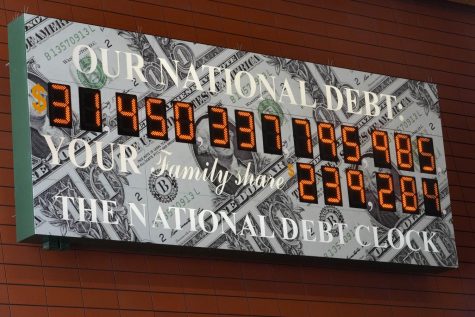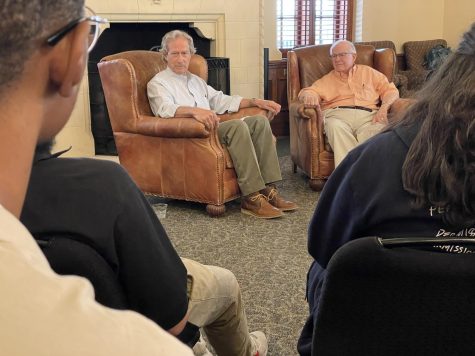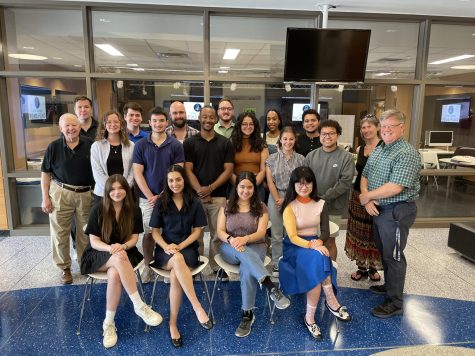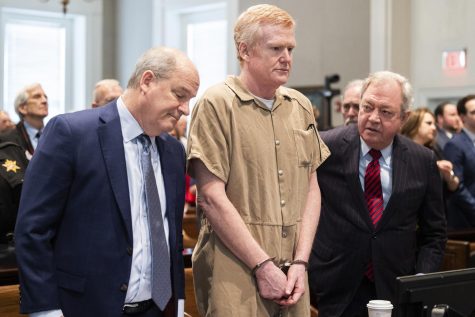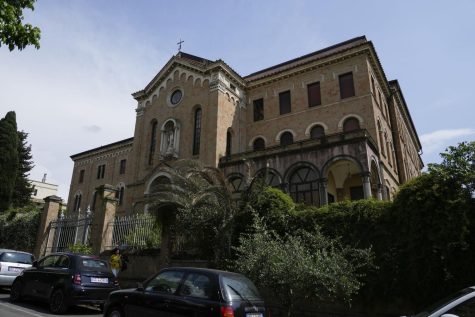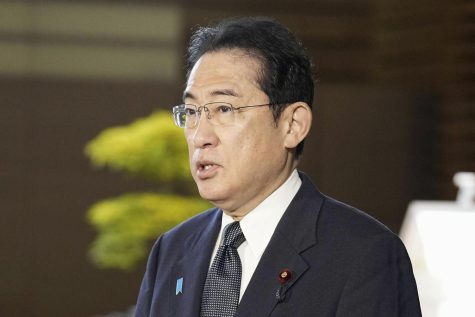Local governments turn away $73M of federal pandemic aid (Infographic)
The rejected money amounts to a small percentage of the $350 billion of government aid
JEFFERSON CITY, Mo. — From small towns to big cities, every government across the U.S. was offered a slice of $350 billion in federal coronavirus relief funds to help shore up their finances, cover pandemic-related costs and invest in community projects.
Officials in 1,468 local governments effectively said “no,” turning away a potential total of $73 million, according to an Associated Press analysis of data compiled from every state. The declined money ranged from $177 for the one-person village of Monowi, Nebraska, to $3.9 million for DeWitt County, Texas, and its population of about 20,000.
West Alton, Missouri, with 500 residents, turned down $106,341 in federal aid. Though that amount was almost half as much as the city’s budget, there wasn’t much discussion about accepting it during a city council meeting.
“The conversation probably lasted 15 seconds. Without having really any need for it, it wasn’t something we felt like we wanted to get in the middle of,” Mayor Willie Richter said.
Other small-town mayors and village administrators provided a variety of reasons for rejecting the federal money. Some thought they had no eligible uses for it. Others didn’t want the hassle of dealing with the federal bureaucracy or were politically opposed to the financial aid approved last year by the Democratic-led Congress and President Joe Biden.
The AP’s analysis identified 1,460 small cities, towns, villages or townships that declined a potential allocation of $61 million. That amounts to about 5% of the nation’s roughly 28,000 small local governments, but just 0.3% of the total dollars allotted for those entities. Eight counties also have forgone a total of $12 million. No states or territories declined funds.
The U.S. Treasury Department said it was pleased with the overall response to the American Rescue Plan, which marked the first time it had distributed money to such a broad swath of governments across the U.S.
“The vast, vast, vast majority of recipients saw a need to use these funds,” said Jacob Leibenluft, the Treasury’s chief recovery officer.
Data released by the Treasury shows that, as of the end of 2021, a total of 1,756 states, territories and larger cities and counties had budgeted about $106 billion of the initial $208 billion they received. That money helped expand high-speed internet, assist residents with housing costs, provide aid to small businesses, shore up depleted unemployment funds and pay for public health initiatives and government services, among other things.
The Treasury hasn’t released data yet on how smaller governments used the money.
The Village of the Branch, on New York’s Long Island, probably could have used the federal aid to improve the village hall, pave streets or repair water drainage systems, Mayor Mark Delaney said. But that wasn’t clear to Delaney and other board members when they declined the funds before New York’s decision deadline in August. At that time, the eligible uses seemed limited and the federal reporting burdensome, Delaney said.
Under a final Treasury rule issued in January, the village could have used its entire $183,149 allotment for almost any government services. But by then, the village’s share had already been reallocated among other local New York governments.
“Because you did the right thing and you responded quickly, you basically lost out on an opportunity,” Delaney said.
The Treasury Department said it worked with states and associations for local governments to simplify the application process, clarify the rules and encourage participation.





